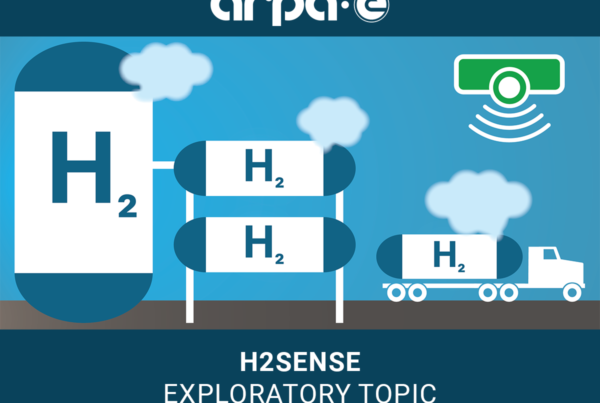
Hypersonix Launch Systems is investigating the manufacture of flight-critical components for their green hydrogen-powered launch vehicles at the University of Sydney.
Aerospace engineering startup Hypersonix Launch Systems has signed a Master Research Collaboration Agreement (MRCA) with the University of Sydney to research and manufacture the components of a zero emissions, hypersonic spaceplane — a launch vehicle capable of deploying small satellites into low earth orbit (LEO).
Named Delta Velos, the vehicle will be powered by four green hydrogen-fueled scramjet engines, enabling carbon neutral propulsion. It will also include the world’s first 3-D printed fixed geometry (no moving parts) scramjet engine in Australia, completed under the Australian Commercialisation grant awarded to Hypersonix in August 2020.
Using next generation additive manufacturing technology, University of Sydney researchers will develop flight-critical components (including the spaceplane’s launch system), further versions of the scramjet engine (testing several material components) and vehicle fuselage at the University’s Sydney Manufacturing Hub. The hub was launched in December 2021 by Minister for Jobs, Investment, Tourism and Western Sydney and Minister for Trade and Industry the Hon. Stuart Ayres.
The research team will be led by Professor Simon Ringer, a materials engineer and expert in materials development for additive manufacturing at the University of Sydney, whose team will work alongside Hypersonix Chief Technology Officer Dr Michael Smart.
“We are delighted to be working alongside such an innovative, deep technology company like Hypersonix using advanced 3-D printing processes and world-class additive manufacturing facilities for such an important challenge,” Professor Ringer said.
“Additive manufacturing is making the previously impossible, possible. This includes the proposed manufacture of satellite-launching spaceplane components right here at the University of Sydney’s Darlington campus, situated in the very heart of Tech Central.”
Hypersonix Managing Director David Waterhouse said the company had received a lot of interest for its recently announced DART AE project, and would possibly involve the University of Sydney in that project too.
“We are pleased to have found such 3-D additive engineering facilities in Sydney and are impressed with the capabilities of Simon Ringer’s team,” Mr. Waterhouse said.
“We are aiming to launch DART AE in the first quarter of 2023. It is good to be busy, right?”
The joint project will commence in early 2022, with Hypersonix working in the facility to develop a series of smaller proof-of-concept launch vehicles to demonstrate the spaceplane’s efficacy. The first of these projects will be DART AE, a technology demonstrator and small version of Delta Velos, powered by one single SPARTAN scramjet engine, with a range of 500km, that could also possibly be used as a hypersonic target drone if required.

DART AE concept configuration visual
ABOUT THE SYDNEY MANUFACTURING HUB AT THE UNIVERSITY OF SYDNEY
Located in the Engineering precinct of the University of Sydney’s Darlington campus, the Sydney Manufacturing Hub is a new manufacturing-focused research facility that will work alongside industry to deliver cutting-edge R&D in additive manufacturing. The Hub is geared to enable concept-to-production demonstration capabilities, and includes advanced pre- and post-processing of materials. This user-facility will support researchers and companies to leverage 3D printing (also known as additive manufacturing) of metals, ceramics and polymers.


Hypersonix Launch Systems and Romar Engineering team, with Professor Simon Ringer. From left to right: Alan Lipman, CEO Romar Engineering; Ryan Whitside, Scramjet Propulsion Engineer, Hypersonix; David Waterhouse, Managing Director & Co-Founder, Hypersonix; Nina Patz, Head of Marketing and Business Development, Hypersonix; Dr Michael Smart, CTO, Head of R&D and Co-Founder, Hypersonix; Professor Simon Ringer, Academic Director of Core Research Facilities, University of Sydney.
Read the most up to date Fuel Cell and Hydrogen Industry news at FuelCellsWorks




